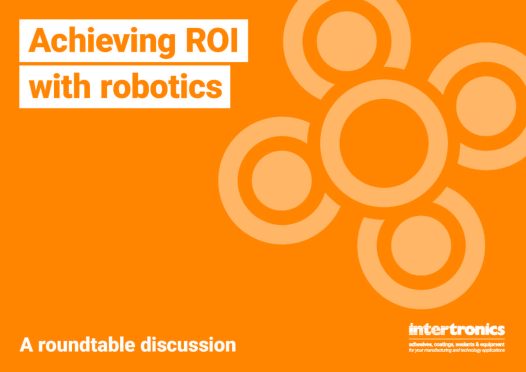The benefits of robotics are compelling; improved productivity, efficiency, output, quality, and flexibility. In addition to their production benefits, they can also improve health and safety and job satisfaction for employees.
However, the International Federation of Robotics (IFR) World Robot Report in 2021 found that the UK has a robot density of 101 robots per 10,000 employees, below the global average of 126. The Republic of Korea, for example, has more than seven times as many robots per 10,000 people as in the UK, while Germany, Europe’s leader in robot density, has three times as many. In 2021, robot installations across Europe were up 24% to 4,302 units, but down by 7% to 2,054 units in the UK.
So why is the UK’s uptake behind other nations? One possible barrier to robotics is a lack of understanding of return on investment (ROI) and concerns about upfront cost. Achieving ROI with robotics was written to address this, by helping companies to build an ROI equation, busting common dispensing robot myths, and sharing customer success stories.
In the UK market, dominated by SMEs, one of the barriers to robot adoption is understanding of ROI and how to make a business case. Combined with the general productivity and quality benefits of robots, market conditions and the current tax advantageous environment, makes now a good time to consider investing in dispensing automation. Interestingly, many of our customers are able to benefit from a short payback period, perhaps even a few months. In these cases, even lack of capital should not be a problem.
Struggling to put together a business case? Our team are on hand to help you crunch the numbers. Get in touch.
Posted by Peter Swanson
Peter is the Managing Director of Intertronics. He is mostly involved in strategy, recruitment and helping out the Marketing team.
Who's Peter?Categories: productivity, robotics


